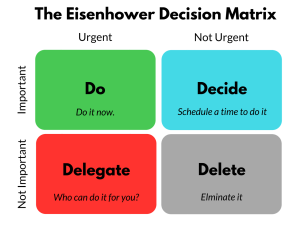The Waterfall methodology is a linear, sequential approach to software development (and other projects) where each phase must be completed before moving to the next. It follows a fixed, step-by-step process—like a waterfall flowing downward—with no going back once a stage is finished.
Key Characteristics of Waterfall
✅ Sequential Phases – Each stage depends on the previous one.
✅ Clear Documentation – Requirements are defined upfront.
✅ Predictable Timeline – Ideal for projects with fixed scopes.
❌ Inflexible – Hard to make changes once a phase is done.
❌ Late Testing – Bugs are found only at the end.
6 Phases of the Waterfall Model
| Phase | Description |
|---|---|
| 1. Requirements | Gather all project needs (client interviews, docs). |
| 2. System Design | Plan architecture, tech stack, and workflows. |
| 3. Implementation | Developers write code based on design. |
| 4. Testing | QA team checks for bugs (only after coding is done). |
| 5. Deployment | Release the product to users. |
| 6. Maintenance | Fix issues, provide updates. |
When to Use Waterfall?
✔ Stable, well-defined projects (e.g., building a bridge, government software).
✔ Regulated industries (Healthcare, aerospace—where changes are costly).
✔ Clients with fixed budgets & deadlines.
When to Avoid Waterfall?
❌ Unclear requirements (Clients who keep changing their minds).
❌ Fast-evolving tech projects (AI, startups—needing flexibility).
❌ Agile/iterative work (Where feedback is needed early).
Waterfall vs. Agile
| Factor | Waterfall | Agile |
|---|---|---|
| Flexibility | Rigid (No going back) | Adaptable (Changes welcome) |
| Testing | At the end | Continuous (After each sprint) |
| Client Feedback | Only at the end | Regularly (Every 2-4 weeks) |
| Best For | Predictable projects | Dynamic, innovative projects |
Pros & Cons of Waterfall
✅ Advantages
- Clear milestones & deadlines.
- Easy to manage (structured phases).
- Good for compliance-heavy industries.
❌ Disadvantages
- No room for changes once started.
- Bugs found too late (expensive to fix).
- Clients don’t see progress until the end.
Real-World Example
Project: Building an airport control system
- Why Waterfall?
- Strict safety regulations.
- Requirements can’t change mid-project.
- Testing must be thorough before deployment.



